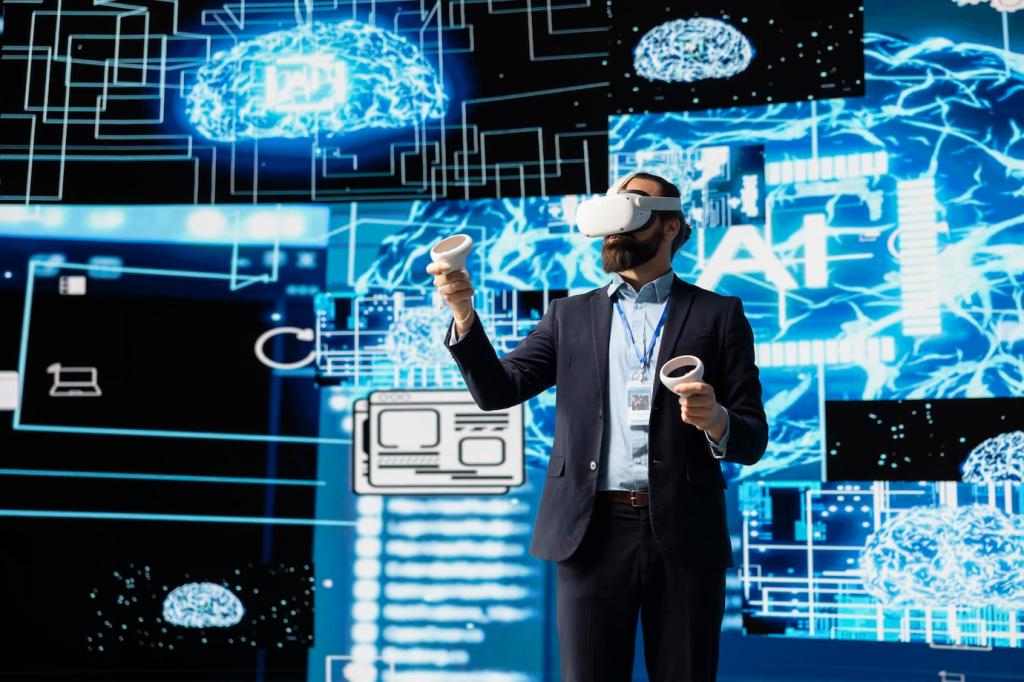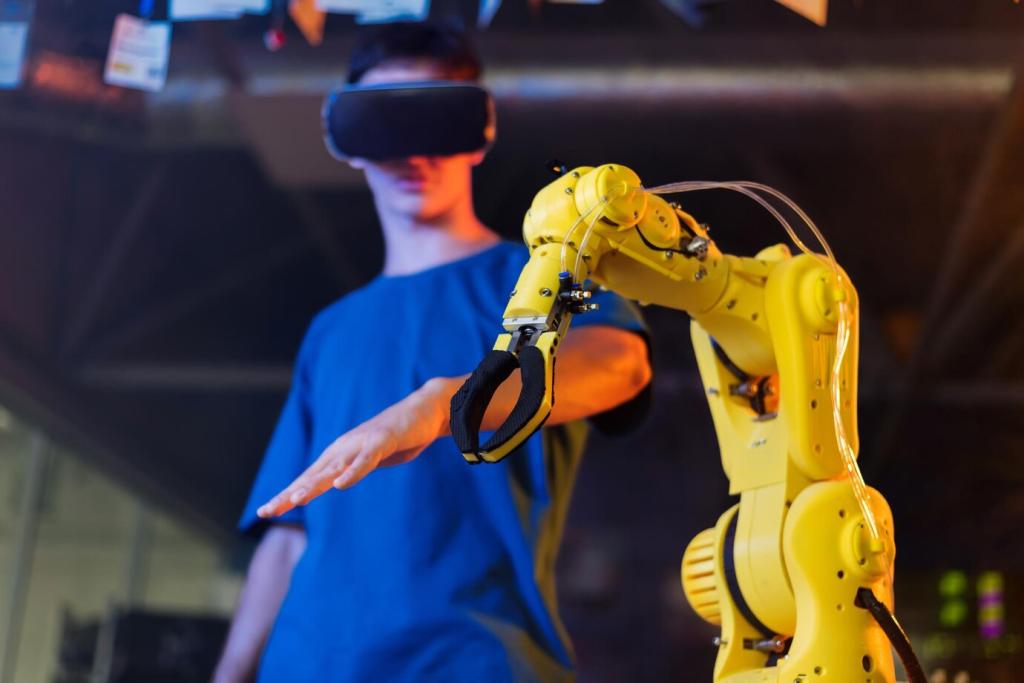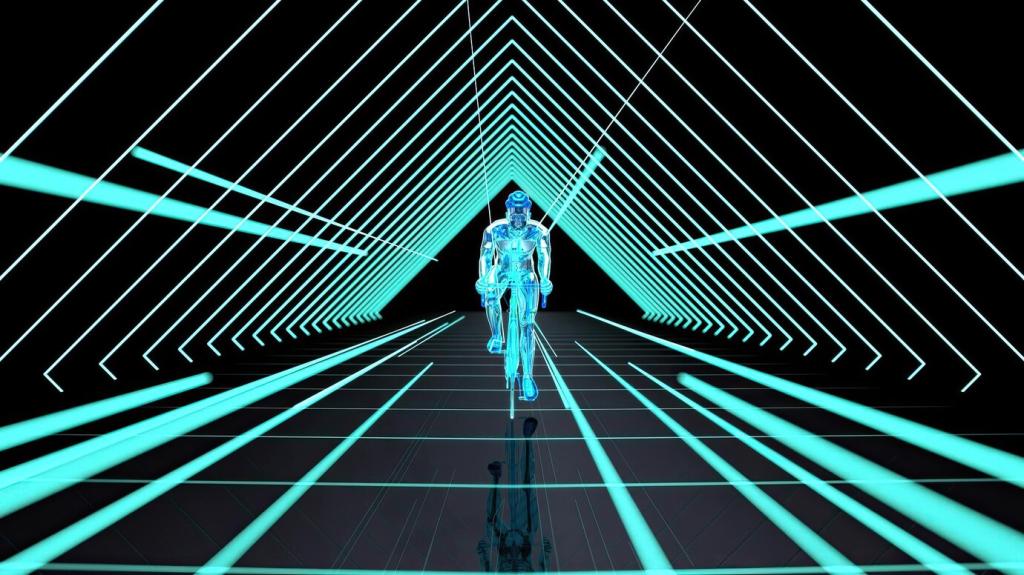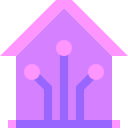
Transformative Innovations in Smart Home Automation
The realm of smart home automation has evolved beyond simply controlling lights or adjusting thermostats. With advancements in artificial intelligence, connectivity, and user-centric design, today’s smart homes represent a seamless union of convenience, security, and sustainability. These innovations are reshaping household life, making daily routines more efficient, comfortable, and environmentally conscious. As we look at the transformative innovations in smart home automation, it’s clear that a new era of intelligent living is upon us, offering experiences once considered the stuff of science fiction.
Intelligent Integration: The Rise of Connected Ecosystems
The days of juggling multiple apps and remotes are giving way to powerful unified control platforms. These systems enable homeowners to manage lighting, climate, entertainment, and security from a single interface, whether on a smartphone, voice assistant, or wall-mounted hub. Devices from different manufacturers now collaborate more smoothly thanks to universal standards, ensuring interoperability and a frictionless user experience. This consolidation not only simplifies life but also increases reliability, allowing personalized automation routines to run without the need for constant user intervention.
Artificial intelligence has brought a new level of customization to smart home environments. By analyzing user behavior, preferences, and daily routines, AI-powered systems can predict needs and act proactively, such as adjusting lighting based on activity or anticipating temperature preferences throughout the day. Over time, these intelligent systems become finely tuned to individual household members, adapting to changing habits with minimal input. This continuous learning capability transforms homes into truly personalized spaces that feel intuitive and responsive, reducing manual adjustments and enhancing overall comfort.
As the number of smart devices in the home increases, their ability to communicate and coordinate becomes paramount. Innovations in interoperability now allow thermostats, security cameras, appliances, and entertainment systems to work in concert. For example, a door lock might trigger hall lights and security cameras when it senses entry, or a washing machine can notify homeowners via their TV or voice assistant when a cycle finishes. Seamless device cooperation not only boosts convenience but also enables creative, value-adding automations that weren’t previously possible.

Unlike traditional security systems that react to pre-set triggers, modern smart home security leverages advanced sensors and AI to continuously monitor for unusual activity. Cameras now distinguish between familiar faces and strangers, sending instant alerts only when real threats are detected. Window and door sensors, integrated with motion detectors, create robust perimeters that adapt based on time of day, occupancy, and routines. These real-time, context-aware alerts minimize false alarms and keep homeowners informed with unparalleled accuracy.

The convenience of being able to monitor one’s home from anywhere is central to smart home security innovations. With secure smartphone apps and cloud-based services, homeowners can stream live footage, review recorded events, and remotely manage locks and alarms no matter where they are. Many systems also allow for temporary access codes, guest entry, or package deliveries without compromising security. The ability to instantly respond to unexpected events gives homeowners new levels of control, assurance, and flexibility.

Smart home automation now goes beyond merely detecting incidents—it can take proactive steps to safeguard residents and property. Systems can be configured to automatically contact emergency services, sound alarms, or even notify trusted neighbors if smoke, gas leaks, or signs of intrusion are detected. Some innovations integrate with municipal emergency networks, ensuring a rapid response. These automated protocols reduce response times and can make a critical difference in preventing or minimizing damage during emergencies.
Sustainable Living: Automation for Energy Efficiency
Intelligent energy management systems analyze consumption patterns to optimize energy use across the home. By learning when and how residents use certain appliances and devices, these systems recommend—or automatically implement—changes that reduce waste. For example, they might power down standby electronics at night, or delay operating high-energy devices until off-peak hours. Over time, these small adjustments result in significant energy savings and lower utility bills, supporting both household budgets and the planet.

